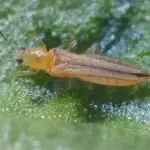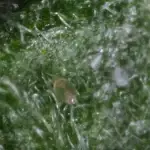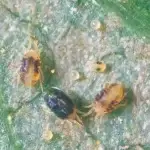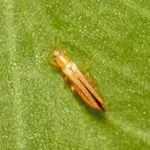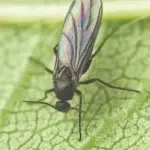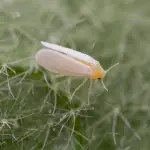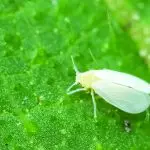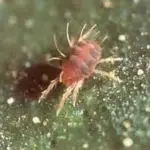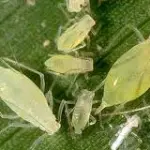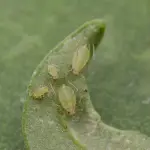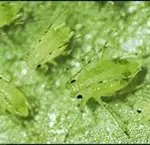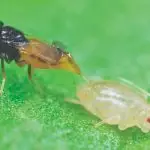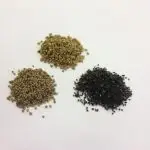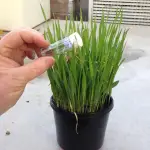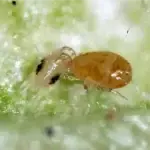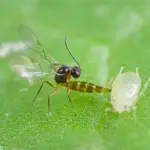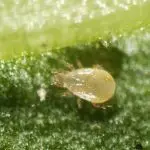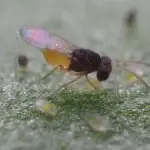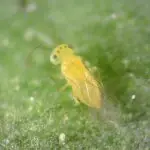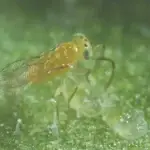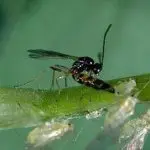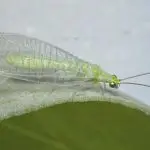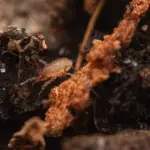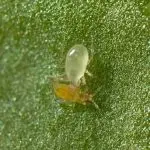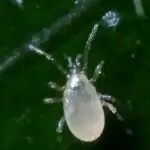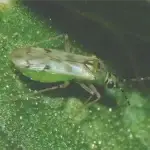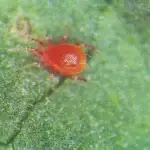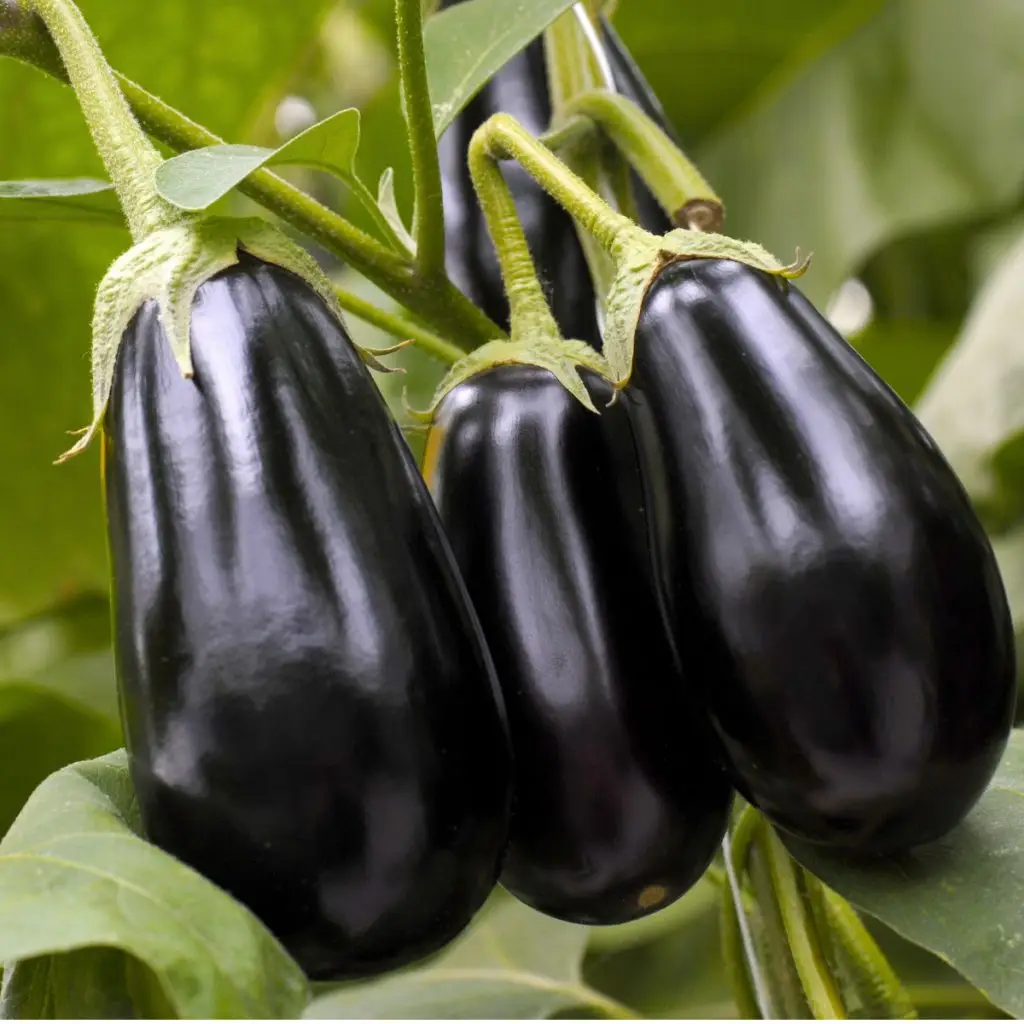Eggplants
Overview
Eggplant, or aubergine, are fairly tough plants but pests love them.
Eggplant is heavily attacked by whitefly and Two-Spotted Mite in particular, but are also favourites of Western Flower Thrips and aphids. Broad Mite, Tomato Red Spider Mite and to a lesser extent Tomato Russet Mite can cause significant damage if you don’t detect and control them early.
The Biological Services IPM program for eggplant incorporates a range of predatory mites, predatory bugs and wasp parasites. It is very successful in controlling most of the key pests. Some selective chemical products can be used in conjunction with our beneficials.
Even in high-pressure, unscreened greenhouses, our IPM program has proven more effective than spraying alone. You can expect to reduce your pesticide use by 60-80% over the life of your crop.
Signs you have Eggplants pests
The key to controlling pests in your greenhouse eggplants effectively is detecting them early and introducing beneficials at the right moment.
- Thrips. Cause direct feeding damage to the foliage and fruit skins. This appears as small silver, yellow or white spots that grow larger and increase in number as the thrips population increases. Thrips can transmit the Tomato Spotted Wilt Virus to the eggplants, but this crop is not as sensitive as capsicums.
- Two-Spotted Mite. Look for small white spots on the top sides of leaves where mites are feeding. Webbing can occur at localised hotspots where populations are high.
- Whitefly. Honeydew and sooty mould on the leaves and fruit indicate aphid or whitefly hotspots. Adult whiteflies are easy to detect by disturbing the heads or leaves of the eggplants, especially along the perimeter, corners or near entrances of your greenhouse.
- Broad Mite. Unless you detect these very early, your plants could suffer permanent stunting due to damaged growing tips. You cannot see Broad Mite with the naked eye.
Products you can use to control Eggplants pests
Biological Services produces a range of products to control pests in your greenhouse eggplant.
You can also use sticky traps and rolls to support your IPM program. These will help you monitor and mass-trap thrips, winged aphids, fungus gnats, and whitefly adults.
Other tips for managing pests in your Eggplants
Nesidiocoris plays a vital part in our egpplant IPM programs because it controls several pests: whiteflies, small caterpillars, and spider mites. They can also feed on thrips to some extent.
If Nesidiocoris reaches high levels and insect prey is scarce, it may cause some superficial plant damage, especially in hot conditions as it obtains some of its moisture needs from the plant. However eggplant is less sensitive to damage than tomato crops, and the need to reduce the population of Nesidiocoris is rarely needed. If it is required, a Biological Services Consultant can help you reduce their numbers without killing them all.
Your local Biological Services Consultant can provide year-round, professional crop monitoring and expert IPM program advice.
Get tailored advice for your commercial crop
To speak with one of our qualified consultants about your current commercial crop challenge or to learn about the benefits of the IPM maintenance and monitoring services we provide, contact us.

